
The residents of Babylon in the first millennium B.C. saw themselves as facing their past and walking back into the future. In the Akkadian language of ancient Mesopotamia, the word panu, or "face," relates to the past, whereas "behind" is a word associated with the future. Reverence for the past was at the heart of the Neo-Babylonian king Nebuchadnezzar II's (r. ca. 604-562 B.c.) plan to rebuild Babylon. By his time, the city was already more than 1,500 years old and had been shattered by a recent war with the Assyrian Empire. The king and his advisers, called ummanu, who were considered to be descended from divine sages and were experts in religion, architecture, and magic, wanted to create a capital both earthly and divine for their newly established empire, which covered much of their known world. "Babylon was the religious center of the universe and the place of creation of the world, where the gods came to meet humans," says ancient Near Eastern historian Elizabeth Knott of New York University.
At the heart of the reconstructed city was the three-city-blocks-long processional way to the Temple of Marduk, the city's patron god, which ended at the Ishtar Gate. Knott and her colleague Anastasia Amrhein, an art historian at the University of Pennsylvania, recently explored how the processional way and gate, which stood at the literal and metaphysical junction between humans and the divine, were monuments to the Babylonians' past and to their relationship with the natural, man-made, and spiritual worlds.
Denne historien er fra November/December 2019-utgaven av Archaeology.
Start din 7-dagers gratis prøveperiode på Magzter GOLD for å få tilgang til tusenvis av utvalgte premiumhistorier og 9000+ magasiner og aviser.
Allerede abonnent ? Logg på
Denne historien er fra November/December 2019-utgaven av Archaeology.
Start din 7-dagers gratis prøveperiode på Magzter GOLD for å få tilgang til tusenvis av utvalgte premiumhistorier og 9000+ magasiner og aviser.
Allerede abonnent? Logg på
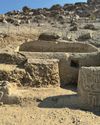
ORIGINS OF PERUVIAN RELIGION
While investigating looters' holes at the site of La Otra Banda in northern Peru's Zaña Valley, archaeologist Luis A. Muro Ynoñán of the Field Museum and the Pontifical Catholic University of Peru spotted carved blocks around seven feet below the surface.
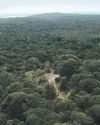
ISLAND OF FREEDOM
Many of the enslaved Africans sent to Brazil beginning in 1549 were from what is now Angola, where one of the most widely spoken languages was Kimbundu.
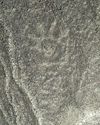
NAZCA GHOST GLYPHS
From the 1940s to the early 2000s, geoglyphs were discovered in the Nazca Desert of southern Peru depicting animals, humans, and other figures at the rate of 1.5 per year.

COLONIAL COMPANIONS
The ancestry of dogs in seventeenth-century Jamestown offers a window into social dynamics between Indigenous people and early colonists.
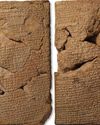
BAD MOON RISING
The British Museum houses around 130,000 clay tablets from ancient Mesopotamia written in cuneiform script between 3200 B.C. and the first century A.D.
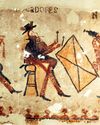
DANCING DAYS OF THE MAYA
In the mountains of Guatemala, murals depict elaborate performances combining Catholic and Indigenous traditions
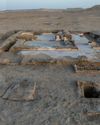
LOST GREEK TRAGEDIES REVIVED
How a scholar discovered passages from a great Athenian playwright on a discarded papyrus

Medieval England's Coveted Cargo
Archaeologists dive on a ship laden with marble bound for the kingdom's grandest cathedrals
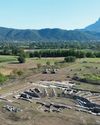
Unearthing a Forgotten Roman Town
A stretch of Italian farmland concealed one of the small cities that powered the empire
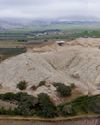
TOP 10 DISCOVERIES OF 2024
ARCHAEOLOGY magazine reveals the year's most exciting finds